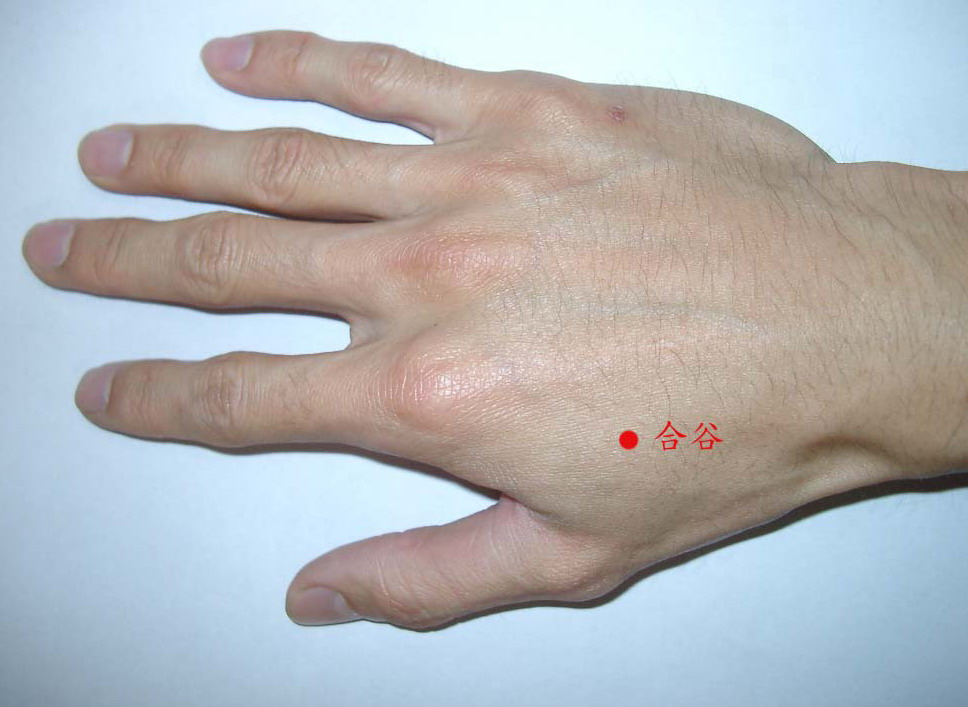Definition
Asthma is also known as Xiao Chuan (intrinsic asthma in Chinese). “Xiao” refers to the sound from the throat while “Chuan” refers to the breath, tachypnea. In general, wheezing comes with tachypnea but tachypnea does not necessarily come with wheezing. Asthma is recurrent in spring and autumn while cold can also trigger asthma.
Symptoms
- Heat Asthma: Symptoms include asthma with coughing, yellow and thick sputum, fever and red face, stuffed chest, preference with cold drinks, high pitch of voice and fast breathing, and breathing involves fast exhaling; the urine is yellowish to brown with dry bowel or constipation.
- Cold Asthma: Symptoms include coughing with tachypnea, wheezing from the throat, sputum appears in mucosa and clean and white color; cold without sweating, blue complexion, cold limbs, not thirsty or preferring hot drinks.
General Nursing Instructions
- Notify the parents or teachers immediately to assist with medical treatment in case the children suffer from asthma and allergy symptoms, for example, coughing, difficult with breathing, skin rash, partial or general patches.
- Teach children to understand their allergens and instruct them to stay away or avoid contact.
Acupressure
- Acupuncture Point 1: Feng Chi
- Position: The concavity between the two sides of occipital bone, as shown in Figure 1.
- Effect: Cold and headache.
- Acupuncture Point 2: Tai Yuan
- Position: On the horizontal lines of supination wrist, located on the concavity of radial collateral of radial artery, as shown in Figure 2.
- Effect: Indicated for coughing and asthma.
- Acupuncture Point 3: Lao Gong
- Position: The palm when faced upward, between the 3rd and 4th metacarpal bone, as shown in Figure 2.
- Effect: Indicated for palpation and stuffed chest.
- Acupuncture Point 4: Shan Zhong
- Position: The intermediate point of the line between the two breasts, as shown in Figure 3.
- Effect: Indicated for wheezing, chest pain and asthma.
 |
 |
 |
|
1
|
2
|
3
|
- Acupuncture Point 5: Hegu
- Position: The concavity between the thumb and forefinger (namely the purlicue of the palm). Pinch. Press the acupuncture Point slightly to the index finger and one will feel unbearable soreness, as shown in Figure 4.
- Effect: Indicated for headache and cold.
- Acupuncture Point 6: Da Zhui
- Position: The concave down area under the C7- vertebra prominens, as shown in Figure 5.
- Effect: Indicated for insomnia, headache and asthma.
- Acupuncture Point 7: Ding Chuan
- Position: 0.5 inch (half of the width of finger) next to the bottom of C7- vertebra prominens, as shown in Figure 5.
- Effect: Indicated for coughing and asthma.
- Acupuncture Point 8: Fong Men
- Position: 1.5 inch (about the width two fingers) next to the bottom of Axis, as shown in Figure 5.
- Effect: Indicated for coughing and headache.
- Acupuncture Point 9: Fei Yu
- Position: 1.5 inch (about the width two fingers) next to the bottom of Atlas, as shown in Figure 5.
- Effect: Indicated for coughing and headache.
- Acupuncture Point 10: Pi Yu
- Position: 1.5 inch next to the bottom of T11, as shown in Figure 5.
- Effect: Indicated for insomnia and malnutrition.
- Acupuncture Point 11: Wei Yu
- Position: 1.5 inch next to the bottom of T12, as shown in Figure 5.
- Effect:Indicated for indigestion.
- Acupuncture Point 12: Sheng Yu
- Position: 1.5 inch next to the bottom of Axis, as shown in Figure 5.
- Effect: Indicated for renal diseases.
- Acupuncture Point 13: Fei Yu
- Position: 1.5in next to T3.
- Effect: Indicated for coughing and asthma.
 |
 |
|
4
|
5
|

